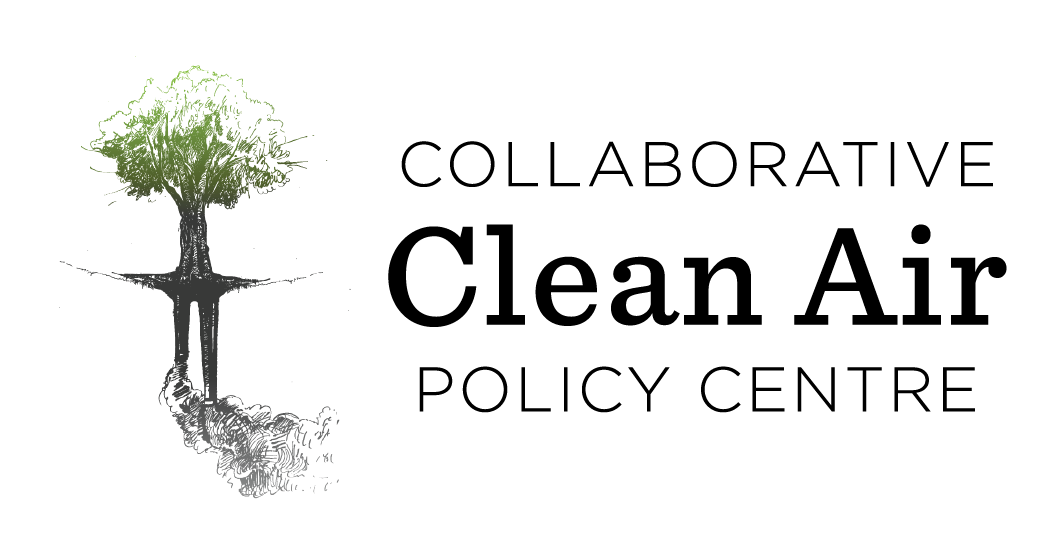Health assessment of future PM2.5 exposures from indoor, outdoor, and secondhand tobacco smoke concentrations under alternative policy pathways in Ulaanbaatar, Mongolia
Hill LD, Edwards R, Turner JR, Argo YD, Olkhanud PB, Odsuren M, Guttikunda S, Ochir C, Smith KR. (2017) Health assessment of future PM2.5 exposures from indoor, outdoor, and secondhand tobacco smoke concentrations under alternative policy pathways in Ulaanbaatar, Mongolia. PLoS ONE 12(10): e0186834, doi.org/10.1371/journal.pone.0186834
Introduction. Winter air pollution in Ulaanbaatar, Mongolia is among the worst in the world. The health impacts of policy decisions affecting air pollution exposures in Ulaanbaatar were modeled and evaluated under business as usual and two more-strict alternative emissions pathways through 2024. Previous studies have relied on either outdoor or indoor concentrations to assesses the health risks of air pollution, but the burden is really a function of total exposure. This study combined projections of indoor and outdoor concentrations of PM2.5 with population time-activity estimates to develop trajectories of total age-specific PM2.5 exposure for the Ulaanbaatar population. Indoor PM2.5 contributions from secondhand tobacco smoke (SHS) were estimated in order to fill out total exposures, and changes in population and background disease were modeled. The health impacts were derived using integrated exposure-response curves from the Global Burden of Disease Study.
Results. Annual average population-weighted PM2.5 exposures at baseline (2014) were estimated at 59 μg/m3. These were dominated by exposures occurring indoors, influenced considerably by infiltrated outdoor pollution. Under current control policies, exposures increased slightly to 60 μg/m3 by 2024; under moderate emissions reductions and under a switch to clean technologies, exposures were reduced from baseline levels by 45% and 80%, respectively. The moderate improvement pathway decreased per capita annual disability-adjusted life year (DALY) and death burdens by approximately 40%. A switch to clean fuels decreased per capita annual DALY and death burdens by about 85% by 2024 with the relative SHS contribution increasing substantially.
Conclusion. This study demonstrates a way to combine estimated changes in total exposure, background disease and population levels, and exposure-response functions to project the health impacts of alternative policy pathways. The resulting burden analysis highlights the need for aggressive action, including the elimination of residential coal burning and the reduction of current smoking rates.
